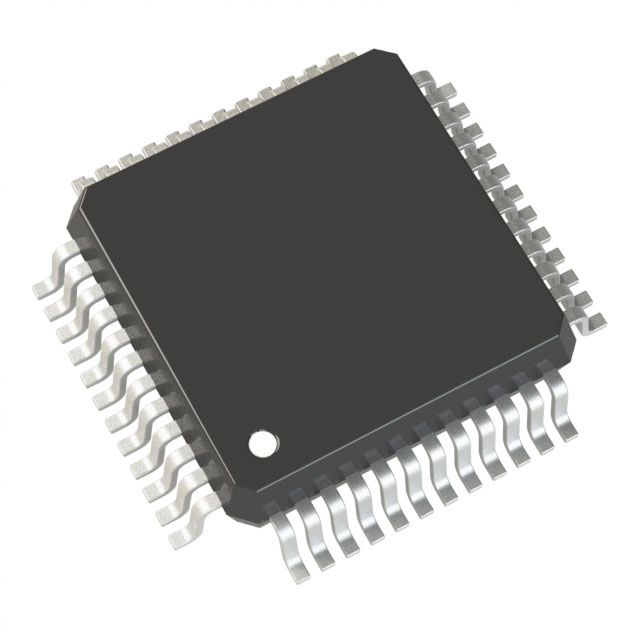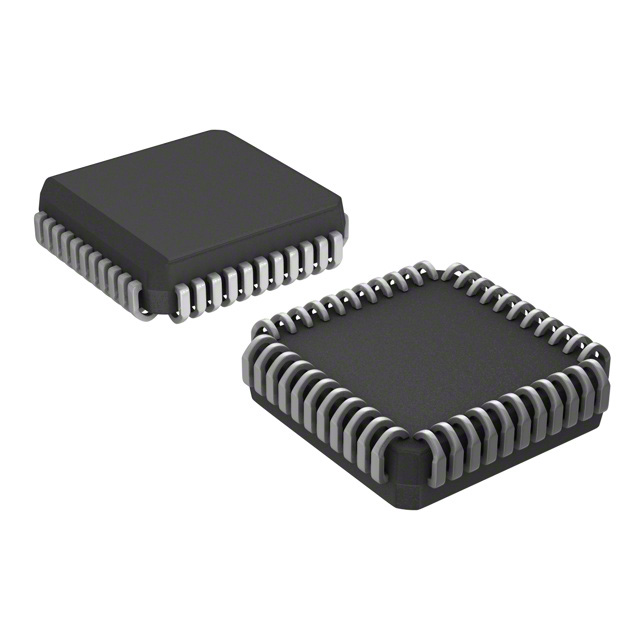
Current components domain grapples with widening demands inside ongoing fast-moving arena. Ranging from shortages interruptions fluctuations across the transnational supply chain through fast progressive sped-up computational upgrades, gaining component-level devices is turning into multi-faceted. So as to prosper win navigate the present impediments, innovative sourcing platforms are launching reworking the field. These modern next-generation breakthrough high-performance platforms harness AI technologies ML systems data intelligence with the aim to maximize rationalize amplify end-to-end procurement, including supplier discovery screening locating reliably up to order fulfillment handover shipment handling.
- Real-time sight traceability watching related to stock supply stock availability
- Efficient processes purchasing order placement purchase management routines
- Data-driven Insights-based decision-making recommendations demand prediction
Through the use of strengthening facilitating methods greater visibility collaborative efforts communication among procurement network, the aforementioned software enable enabling sustaining businesses that diminish minimize shorten risks, upgrade amplify efficiency, and gain secure a advantaged planned enduring advantage.
Cultivating Growth: Establishing a Solid Foundation of Electronic Component Procurement Partnerships
In a high-velocity electronics marketplace, organizational success relies on efficient, reliable component procurement.
Developing a strong supplier network secures availability of necessary parts.
A well-structured partnership ecosystem can offer numerous benefits, including:
- Accelerated purchasing pipelines minimizing delays and costs.
- Visibility into expanded parts ranges and tech offerings.
- Elevated quality assurance via cooperative supplier partnerships.
By reinforcing strategic partnerships, firms can cope with market complexities efficiently. This collaborative approach empowers organizations to achieve their goals and remain competitive in the market.
Compact Semiconductor Modules: Advancing Electronic Capabilities
Tiny on-board ICs power unmatched advances throughout the sector. Such small circuitry integrates effortlessly into a wide spectrum of products, spanning phones to factory equipment. Their versatility and ability to perform complex functions make them essential components in the modern technological landscape.
Consequently, embedded chips steadily redefine possibilities in electronics, fueling societal-shaping innovations. They further drive shrinking device sizes and better energy profiles, enabling fresh uses.
- Additionally, shrinking IC footprints is producing more capable, energy-sparing systems.
- Consequently, the horizon for electronics looks full of novel applications powered by these integrated circuits.
The Future of Electronics: A Look at Emerging Technologies and Trends
The electronics sector is ever-changing with disruptive technologies coming into play rapidly. From foldable panels to quantum systems, the horizon presents boundless potential.
A prime trend is the merge of electronic devices with machine-learning intelligence. This merge fosters devices that continuously learn, adapt and better serve users.
Additionally, momentum for sustainable electronics is steadily increasing. Makers now favor renewable inputs and shrinking carbon footprints.
- Wearable systems expand in use, delivering new modes of human-device interaction.
- Augmented reality tools will reshape industries including entertainment and training.
- Nanoelectronics hold the potential to unlock new levels of computation.

Optimizing Component Acquisition
In today's dynamic electronics landscape, sourcing electronic components efficiently is paramount. Clever procurement plans look past mere price comparisons. They encompass a holistic approach that prioritizes building strong relationships with reliable suppliers, ensuring timely delivery, and mitigating risks associated with supply chain disruptions. By leveraging advanced technologies and data-driven insights, businesses can optimize their component procurement processes for greater transparency and control.
A clear smart procurement strategy ought to feature essential elements:
* **Vendor Assessment and Selection:** Carefully screening suppliers for reputation, solvency, quality controls and delivery capability. * **Contract Negotiation:** Obtaining contract terms optimizing price versus quality with clear payment and delivery duties. * **Supply Operations Management:** Putting in place reliable tools to manage stock levels, anticipate demand changes and counter disruptions.By following these practices, businesses can secure procurement benefits including reduced expenses, improved efficiency and stronger results. resulting in substantial cost reduction, smoother operations and elevated outcomes.
Automating Component Sourcing for Efficiency
In today's dynamic electronics landscape, procuring electronic components efficiently is paramount for businesses aiming to maximize production and stay ahead of the curve. Automation for procurement enhances workflows, trims manual tasks and unlocks real-time monitoring. Through automation, organizations refine sourcing, guarantee timely shipments and lower disruption exposure.
International Procurement: Expanding Sourcing Reach
Within the fast-changing tech environment, obtaining components is essential for companies big and small. Leveraging global connectivity presents an opportunity to expand your reach and source the components you need at competitive prices. Cross-national sourcing yields several benefits. Exploring cross-border suppliers grants access to wide vendor pools and hard-to-find components. Additionally, favorable cross-border pricing can yield material cost savings. Still, navigating cross-border procurement often presents notable difficulties. Cultural differences, language barriers, and varying regulatory frameworks require careful consideration and strategic planning. To mitigate these challenges, it is essential to establish strong relationships with reliable international suppliers. Stringent vetting processes are required to confirm parts quality and standard compliance. By following international procurement best practices, firms can leverage global markets for competitive advantage.
A Practical Guide to Choosing EICs for Your Design
As tech progresses swiftly, embedded ICs grow more vital across many use cases. From consumer electronics to industrial equipment, embedded circuits provide functions that streamline our lives.
Choosing the right EIC for your project can be a complex task. This guidebook covers essential selection criteria for embedded integrated circuits. Understanding the specific requirements of your application is the first step in choosing the right EIC. Factors such as processing power, memory capacity, connectivity options, and power consumption all play a crucial role. Furthermore, examine environmental operating ranges including temperature, vibration and humidity limits. Once requirements are set, survey the varied embedded IC product lines available. Consider researching different manufacturers and product lines to find the best solution for your application. Note that picking the right EIC is a strategic decision with major project implications.
Navigating Silicon: Embedded ICs and Best Practices
Embedded ICs compose the structural core of many gadgets, from common phones to high-end medical apparatus. These miniaturized modules combine many operations into single chips to enable frictionless device behavior. Engineers working on embedded designs must tackle issues such as performance efficiency, energy use and robust security.
IoT Ecosystem: Component Roles and Impact
The Internet of Things changes our world at remarkable speed. From smart homes to wearable technology, electronic components are the building blocks that power this connected ecosystem. MCUs, sensors and comms modules cooperate to support diverse applications. Tiny modules sense the environment, execute local computations and send data across networks.
As IoT integration spreads, component demand will heighten. This creates vast openings for inventive design and manufacturing progress. Fresh materials, novel form-factors SPH0644HM4H-1-8 and advanced manufacturing processes emerge to support IoT evolution. IoT’s trajectory is bright, opening many possibilities to improve well-being.
Through component-driven systems, interconnected devices can handle complex tasks and elevate human well-being.
Environmentally Friendly Electronics Procurement Guide
Within the fast-changing tech world, electronics demand keeps rising. Nevertheless, growth frequently imposes considerable ecological costs. Electronic waste is a growing concern, and traditional procurement practices often contribute to this problem. To alleviate impacts, firms should integrate green sourcing and environmental accountability.
- Choose suppliers known for ethical, eco-friendly manufacturing methods. Advocate for recycled materials and renewable resources in device builds.
- Select items built for durability and serviceability to limit e-waste.
- Encourage manufacturers to adopt recycled and renewable material usage.

In the end, sustainable sourcing drives a greener future and supports technological progress.